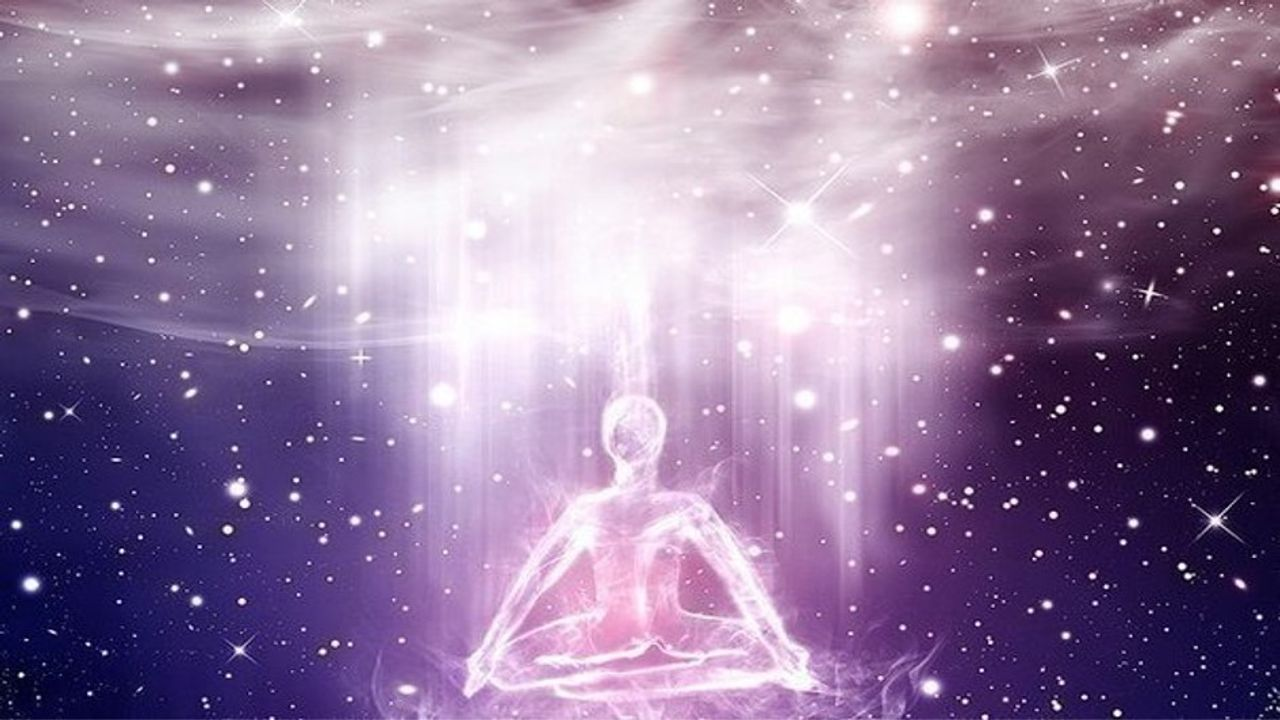- Edited

Devī Bhāgavata Mahā Purāṇa
Chapter 8 - On Bhūta Śuddhi
1-21. Nārāyaṇa said : O Great Muni! Now I shall tell you the rules of Bhūta Śuddhi, i.e., the purification of the elements of the body (by respiratory attraction and replacement, etc.).
Firstly, think of the Highest Deity Kuṇḍalinī (the Serpent Fire) as rising up in the hollow canal Suṣumnā in the Spinal Cord from the Mulādhāra (the sacral plexus) to the Brahmārandhra (the aperture supposed to be at the crown of the head).
Next, the devotee is to meditate on the Mantra “Haṃsa” and consider his Jīvātmā (the embodied soul) united with Para Brahmā.
Then think from leg to the knees in the form of a square Yantra (diagram as furnished with Vajra thunderbolt, represented by 63 lines at the four corners); consider this square as the earth, of a golden colour and represented by the letter “Laṃ,” representing the Seed Mantra of earth.
Next from the knee to the navel consider the semi-moon and at its two ends consider that the two Lotuses are situated. Consider this as the circle of water, of white colour, represented by the letter “Vaṃ” the Seed Mantra of water.
Then again from the navel to the heart consider it as of a triangular form and the Svastik mark at its three angles and think it as of fire and represented by the letter “Raṃ” its root Mantra, of red colour.
Next from the heart to the centre of the eyebrows, consider as marked with six dots, with the Seed Mantra “Yaṃ” of a smoke-coloured colour (dark-red) and of a circular appearance and consider it as air.
Then again from the centre of the eyebrows to the crown of the head consider as Ākāśa Maṇḍalam (a region of ether) beautiful and clear and with “Haṃ” as its bīja letter.
Thus thinking consider firstly the earthy principle originated from watery principle, dissolved in water. Then think water as dissolved in fire, its cause; fire dissolved in air, its cause; and air dissolved in Ākāśa ether, its cause; then consider Ākāśa dissolved in its cause Ahamkāra, egoism; then again Ahamkāra dissolved in the Great Principle (Mahāttatva); and Mahāttatva again in its cause Prakriti and consider Prakriti again diluted in its cause, the Supreme Self.
Then consider your own self as the Highest Knowledge and only that.
Think, then, of the Pāpa Puruṣa, the Sinful Man in your body. The size of this Man is that of a thumb and it is situated in the left abdomen. The head of him is represented by Brahmahatyā (murdering a Brāhmaṇ); his area as stealing gold; his heart as drinking wine; his loins as going to the wife of his Guru, his legs as mixing with people who go to their Guru’s wives, and his toes as representing other sins and venial offences. The Sinful Man holds axes and shield in his hands; he is always angry, with his head bent down and his appearance is very horrible.
Inhale air through the left nostril thinking of “Yam” the Root Mantra of air and make Kumbhaka, i.e., fill the whole body with that air, and hold it inside, purifying the sinful man;
then repeating “Ram,” the seed Mantra of fire, think the sinful man with his own body burnt down to ashes.
Then exhale outside through the right nostril those ashes of the Sinful Man.
Next consider the ashes due to the burning of the Sinful Man, as rolled and turned into a round ball with the nectar seed [Vam] of the Moon.
Think steadily this ball as transformed into a golden egg by the Seed Mantra “Lam” of the earth.
Repeat then, “Ham” the seed Mantra of Ākāśa and think yourself as an ideal being; pure and clear, and shape thus your body and the several limbs.
Create, then, fresh in an inverse order from the Brahmā the elements Ākāśa, air, fire, water, earth and locate them in their respective positions.
Then by the Mantra “So'ham” separate the Jīvātmā from the Paramātmā and locate the Jīvātmā in the heart.
Think also that the Kundalinī has come to the Sacral Plexus, after locating the Jīvātmā, turned into nectar by contact with the Highest Self, in the heart.
Next meditate on the vital force, the Prāṇa Śakti, thus located as follows: There is a red lotus on a wide boat in a vast ocean of a red colour; on this lotus is seated the Prāṇa Śakti. She has six hands holding, in due order, the trident, the arrows made of sugarcane, noose, goad, five arrows and a skull filled with blood. She is three-eyed. Her high breasts are decorated; the colour of Her body is like the Rising Sun. May She grant us happiness.
Thus meditating on the Prāṇa Śakti, Who is of the nature of the Highest Self, one ought to apply ashes on his body in order to attain success in all actions. Great merit arises from the application of ashes (besmearing ashes) on the body. I will now dwell on this subject in detail. Listen. This point of holding ashes on to the body is particularly proved in the Vedas and Smritis.
Source: https://www.wisdomlib.org/hinduism/book/devi-bhagavata-purana/d/doc57386.html

